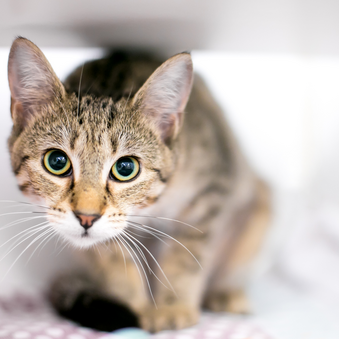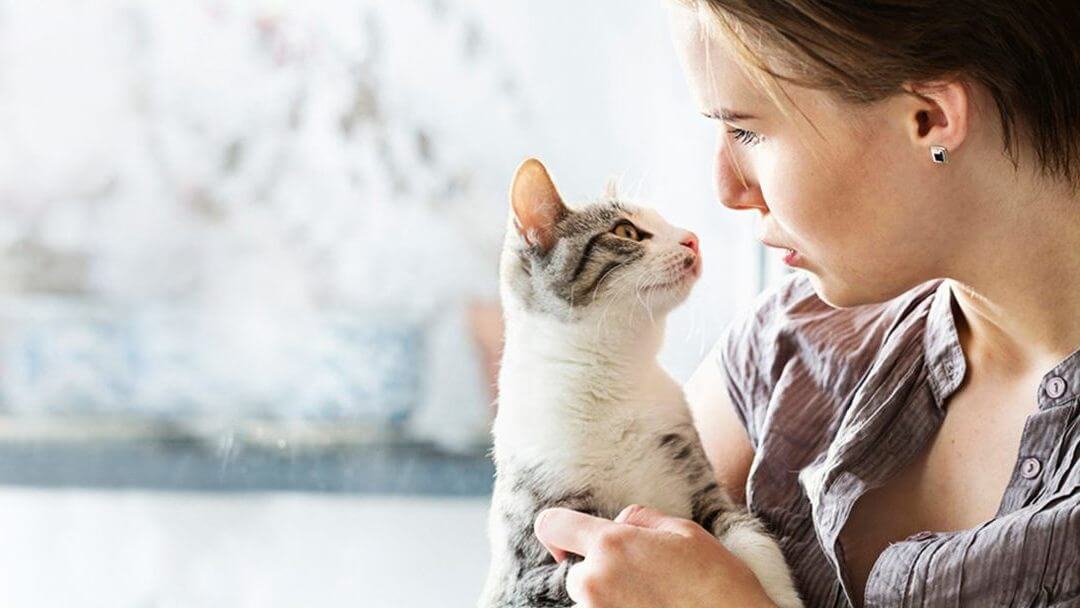
If your much-loved pet goes missing, it’s every cat owner’s worst nightmare. Not only is it upsetting and stressful for you when you can’t find your cat or kitten, but then you also worry that your pet may be scared or hurt.
The good news is that there are plenty of things you can do to maximise your chance of finding a lost cat.
Look for your missing cat at home
Cats love their homes, so there’s every chance that your cat could be closer than you think. Make sure you check every cupboard, even those you hardly use.
Cats, and particularly kittens, can get into very small spaces and they find extraordinary places to hide, which makes finding a missing cat quite tricky! Check the inside of your washing machine and tumble dryer and look in cosy places such as under beds and in wardrobes.
Once you’re sure they’re not in the house, start to go a little further afield, starting with the bushes and shrubs in your garden and the surrounding area. Spend at least 15-30 minutes calling your cat by name, circling the location your cat was last seen. Use any of your usual tricks for getting your cat to come in for supper, such as shaking a packet of their favourite treats or dry food. As you walk around stop and listen, and pay particular attention to outside garages or sheds where they may have got stuck or been locked in.
Think about the last time your cat got spooked. Was there somewhere in particular that they ran away to? You may find them in an adjoining garden, or even a friendly neighbour’s house, for example.
Asking for help
If you’ve looked everywhere that you can think of and there’s still no sign of them after a couple of hours, it’s time to let others know that your cat is missing.
- Before you go out searching, check that your cat flap is open, so that if your missing cat does choose to come home, they’ll have no problems getting in.
- Let your immediate neighbours know about your cat's absence and ask their permission to look in their garages, sheds and gardens. If they have windows that face your home, ask if they’d mind keeping an eye out for you.
- Call your local veterinary practices and animal rescue centres with a description of your cat and their microchip ID. Make sure your details are up to date and ask them if they’d be happy to put up a poster or post something on their website or social media profiles to help to find your cat.
- Call your local Cats Protection or animal rescue charities to see if your cat has been found by them or handed in by a kind stranger.
- If you have pet insurance, contact your provider as they may provide financial assistance and advice on how to find a missing cat.
- Prepare a flyer with relevant information about your cat, including their name, physical description, and a recent photo. Contact information should include your name, telephone number and email address.
- Canvas the wider neighbourhood, enlisting any willing volunteers to help you knock on doors or distribute flyers.
- Walk or cycle up and down the road near the area your cat was last seen and drive slowly through your neighbourhood. Show passers-by your flyer and ask them to keep an eye out for your lost cat. If they offer, ask them to help you widen your search by looking in surrounding fields or woodlands.
- Post and distribute flyers wherever your lost cat was last seen, as well as throughout your home neighbourhood. Drop into places like shops, post offices, doctors’ surgeries, pubs and gyms and ask them if they’d be happy to display your flyer to help you find your missing cat.
Who to contact
There are a number of places where you can advertise your missing cat:
- Take advantage of the lost and found ads in your local newspaper. Place a 'lost cat' ad as soon as possible, and be sure to check the ‘found pets’ column every day.
- Facebook can also be a very useful resource. Join/follow your local cat groups/pages to advertise your missing cat. If you have your own account it’s worth advertising your lost cat there as your friends will be able to share your post and widen your search.
- Twitter can be helpful, particularly if you include your location on the tweet and mention any useful organisations in your message.















